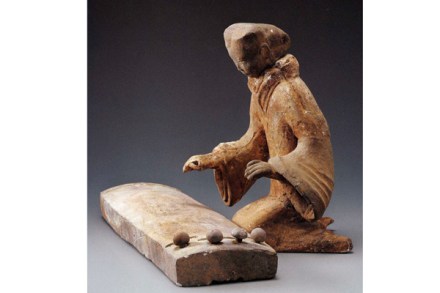A civilised way of death
‘Luxury high-rise duplex: lower floor comprising entrance hall with recessed guard posts, grand reception area, kitchen with crockery store, larders and walk-in fridge, armoury and staff WC; upper floor comprising master bedroom with two en-suite bathrooms, staff accommodation, guard rooms and safe deposit. Property provided with the latest hi-tech security systems and 24-hour manned guarding.’ Apart from the lack of a cinema and a gym, this property sounds just the ticket for the jittery billionaire looking to invest in London real estate. But its location is not the fringes of Hyde Park or the South Bank, it’s the side of a mountain near Xuzhou in northeast China, and its accommodation












